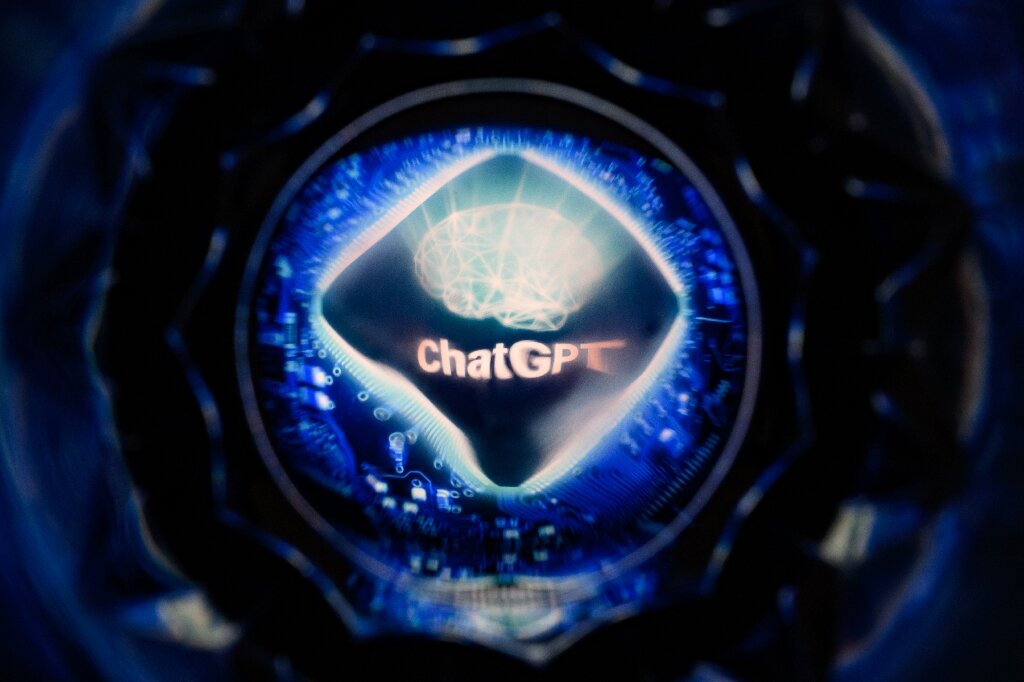Generative AI has become increasingly popular in recent years, but there is a question that is often overlooked: who can afford it? OpenAI, for example, spent around $540 million last year developing ChatGPT and estimates that it needs $100 billion to achieve its goals. “We’re going to be the most capital-intensive startup in Silicon Valley history,” said OpenAI founder Sam Altman. Microsoft, which has invested billions of dollars in OpenAI, is similarly reticent about the cost of its own AI project and instead focuses on its bottom line. However, building anything close to the scale of OpenAI, Google, or Microsoft requires significant investment in state-of-the-art chips and the recruitment of top researchers. “People don’t realize that to do a significant amount of AI things like ChatGPT takes huge amounts of processing power. And training those models can cost tens of millions of dollars,” said Jack Gold, an independent analyst. As a result, few companies can afford to purchase the infrastructure needed for generative AI and instead rent it from cloud computing providers.
The Dependency on Cloud Computing and Tech Giants
The high costs associated with cloud computing are a significant problem for many businesses, with some comparing cloud costs to electricity bills. Cloud computing providers like Microsoft, Google, and Amazon’s AWS are the go-to solution for most businesses that cannot afford to build their own infrastructure. However, with the rise of generative AI, this dependency on cloud computing and tech giants is only set to deepen, leaving these players in an even stronger position. Microsoft’s Azure is one of the most popular cloud computing platforms, and some believe that the company’s investment in AI is primarily about protecting Azure’s future. Azure has been a profitable but unremarkable part of Microsoft’s business for years, but it has the potential to become a $20 to $40 billion opportunity annually if Microsoft’s AI bet succeeds. Microsoft CEO Satya Nadella believes that generative AI is “moving fast in the right direction” and has a six- to nine-month grace period to prove that his bet is a winner. Microsoft acknowledges the risks associated with AI but insists that it must “lead this wave” and will ultimately pass the cost of AI onto its customers.
Alternatives to Reduce the Bill
The high cost of generative AI has led many companies to seek alternatives to reduce the expense. Companies like Spectro Cloud help businesses optimize their cloud technology to reduce costs. “AI training, GPT training will become a very important cloud service going forward,” said Spectro Cloud CEO Tenry Fu. After training, companies can retrieve their models for real AI applications, reducing their dependence on cloud giants. Regulators are also concerned about the dominance of cloud computing providers and the effect it has on competition. “Law enforcers (must) ensure that… opportunities and openings for competition… are not getting squashed out by the incumbents,” said FTC chairwoman Lina Khan. However, as Sam Altman of OpenAI told a US Senate panel, the number of companies capable of training frontier models will be small due to the significant resources required. “And so I think there needs to be incredible scrutiny on us and our competitors,” he added.
Generative AI is a costly endeavor that few businesses can afford to undertake. As a result, the dependency on cloud computing providers and tech giants is only set to deepen, leaving these players in a dominant position. However, there are alternatives available to reduce costs, and regulators are keen to ensure that competition is not stifled.



Leave a Reply